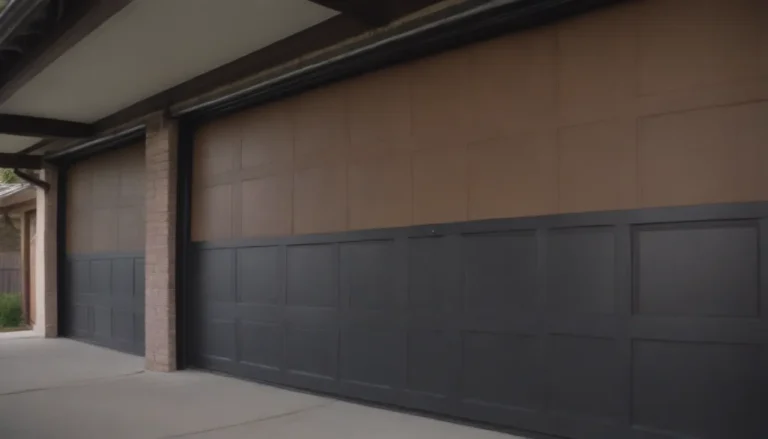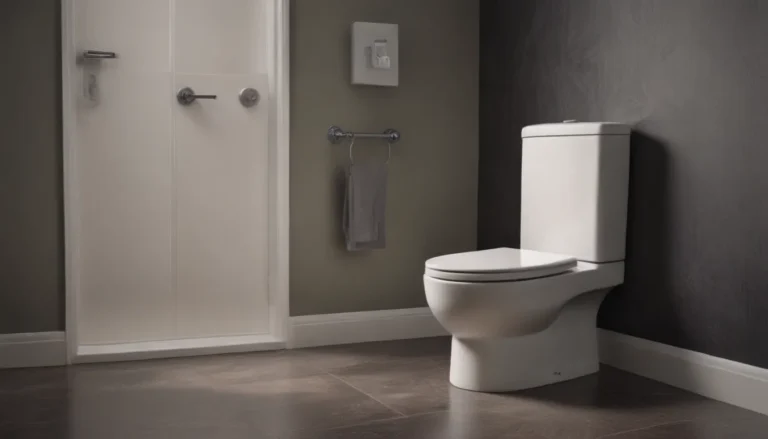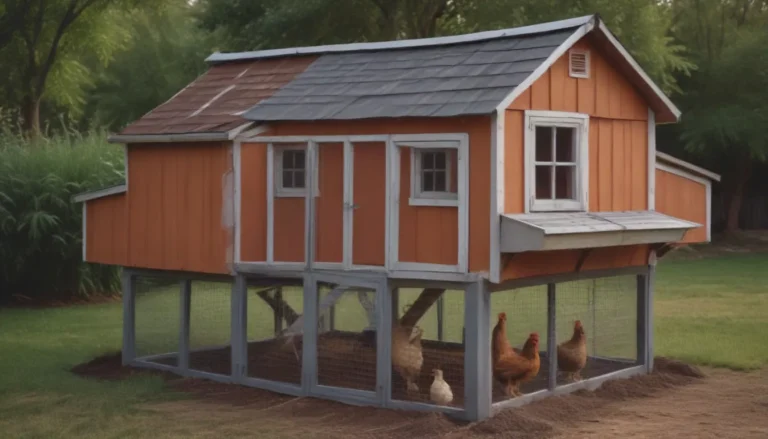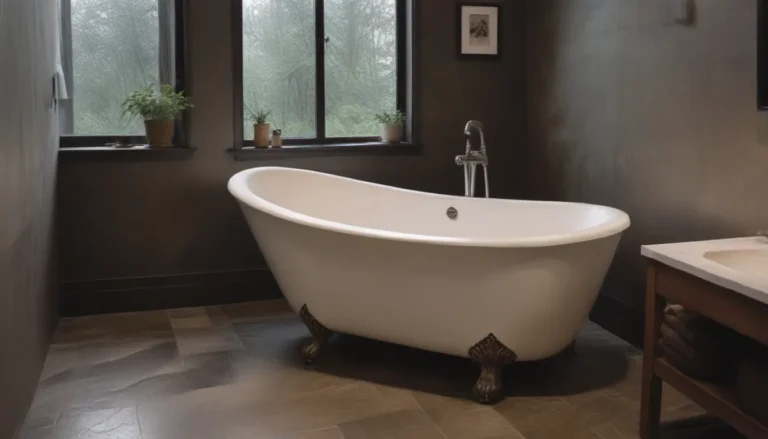How To Fix and Prevent Slow Sink Drains: A Comprehensive Guide
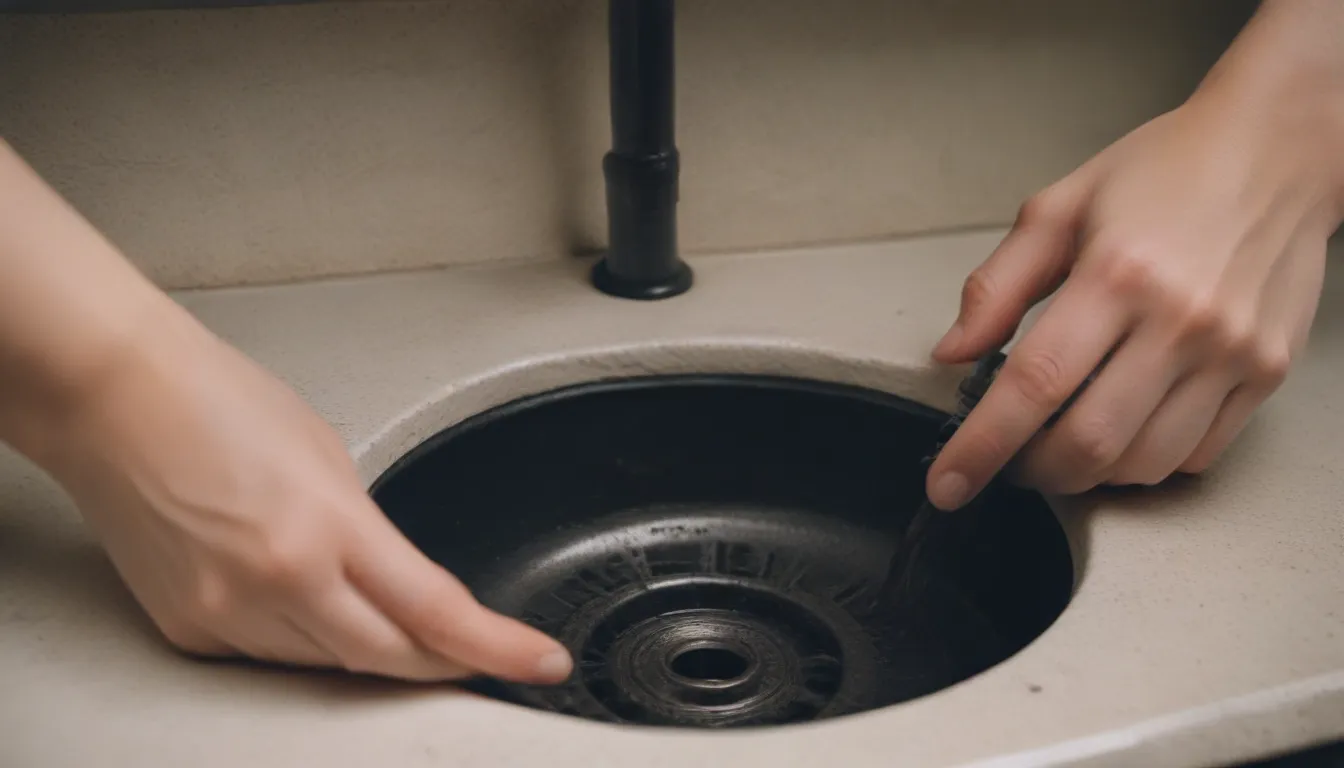
Are you tired of dealing with a slow-draining sink? Before you reach for the phone to call a plumber, there are several methods you can try to fix the issue yourself. Learning how to address a slow-draining sink can not only save you money but also help you tackle the problem quickly and easily. Whether it’s the bathroom sink or the kitchen sink, a slow drain is a common issue caused by minor clogs and the accumulation of soap scum and hair. By taking proactive steps to clean and maintain your sink, you can keep it flowing smoothly and prevent future problems.
In this in-depth guide, we will explore various methods for fixing a slow-draining sink, as well as tips for preventing the issue from occurring in the first place. From simple DIY solutions to more advanced techniques, we’ve got you covered. Let’s dive in and get your sink back to its optimal performance!
Common Causes of Slow-Draining Sinks
Before we delve into the solutions, let’s first understand why sinks drain slowly in the first place. Some common causes of slow-draining sinks include:
- Build-up of soap scum
- Accumulation of hair and debris in the drain catch
- Clogs in the pipes
- Issues with the stopper or pop-up mechanism
Identifying the root cause of the slow drain can help you choose the most effective method for fixing the problem.
Best Solutions for Slow-Draining Sinks
1. Clear Out Debris With a Drain Zip Tool
One of the simplest ways to fix a slow-draining sink is by using a drain zip tool. This inexpensive, flexible plastic tool is designed to manually remove hair and debris clogs from the drain. Here’s how you can use it:
- Insert the drain zip tool into the drain
- Move it around to catch and remove any clogs
- Pull out the debris and discard it
The drain zip tool is effective in clearing out minor clogs and can be used in sinks with or without a pop-up mechanism.
2. Clean the Stopper
If the drain zip tool doesn’t fully clear the clog, you can try removing and cleaning the stopper. Most pop-up stoppers are held in place by a nut under the sink. Follow these steps to clean the stopper:
- Locate the nut attached to the drain under the sink
- Remove the nut and take out the stopper
- Clean the stopper thoroughly to remove any hair or debris
- Reinstall the stopper back into the drain
Cleaning the stopper can help improve drainage by allowing water to flow freely through the sink.
3. Use Homemade Drain Cleaner
For a more environmentally friendly solution, consider using a homemade drain cleaner to break down build-up in the pipes. You can create a DIY drain cleaner using common household ingredients like vinegar and baking soda. Here’s how:
- Pour a mixture of vinegar and baking soda down the drain
- Allow it to sit for a few hours to break down build-up
- Flush the drain with hot water to remove debris
Homemade drain cleaners are effective in removing residue without the need for harsh chemicals.
4. Clear the Sink Overflow
Sometimes, debris can accumulate in the sink overflow, causing drainage issues. To clean the overflow, follow these steps:
- Remove any visible build-up from the overflow opening
- Use a brush or cloth to clean inside the overflow
- Flush the overflow with hot water to remove debris
Cleaning the sink overflow can improve drainage by allowing water to flow freely through the drain.
5. Use a Plunger
If the above methods don’t fully clear the clog, you can try using a plunger to dislodge the debris. Here’s how to use a plunger on a sink drain:
- Cover the sink overflow with a rag or duct tape to seal it
- Place the plunger over the drain opening
- Push and pull the plunger to create suction and dislodge the clog
- Repeat this motion several times until the drain is clear
Using a plunger can help loosen and remove stubborn clogs in the pipes.
6. Use a Snake
For more stubborn clogs, consider using a drain auger or snake to clear the blockage. A drain snake is a flexible metal cable with a corkscrew-like end that can penetrate and dislodge clogs. Here’s how you can use a snake to clear a sink drain:
- Insert the snake into the drain opening
- Rotate the snake to dislodge the clog
- Pull out the snake to remove the debris
- Repeat this process as needed until the drain is clear
A drain snake is effective in clearing obstructions deep in the pipes that are causing the slow drain.
7. Clean the P-Trap
If all else fails, you can try cleaning the P-trap under the sink. The P-trap is a U-shaped bend in the pipe where debris can accumulate and cause clogs. Here’s how you can clean the P-trap:
- Locate the P-trap under the sink
- Place a bucket beneath the trap to catch residue
- Unscrew the slip nuts using pliers or a wrench
- Remove the P-trap and clean it thoroughly
- Reattach the P-trap and run water to test the drainage
Cleaning the P-trap can help remove stubborn clogs that are causing the slow drain.
Tips to Prevent Slow-Draining Sinks
Prevention is key when it comes to maintaining a healthy sink drain. Here are some tips to prevent slow-draining sinks:
- Sinks are only for water, soap, or toothpaste: Avoid allowing hair, debris, or food particles to go down the drain.
- Stop hair and debris from going down the drain: Use a drain catcher to prevent hair and debris from clogging the pipes.
- Clean the sink stopper regularly: Remove and clean the stopper periodically to prevent build-up.
- Flush the sink with hot water regularly: Running hot water down the drain can help clear out residue and prevent clogs.
By following these tips, you can keep your sink drain clear and prevent future drainage issues.
In conclusion, fixing a slow-draining sink doesn’t have to be a daunting task. By following these methods and tips, you can effectively address the issue and prevent it from occurring again in the future. Remember to be proactive in maintaining your sink drain to keep it flowing smoothly. With a little effort and know-how, you can save money on plumbing services and keep your sink in top condition.
